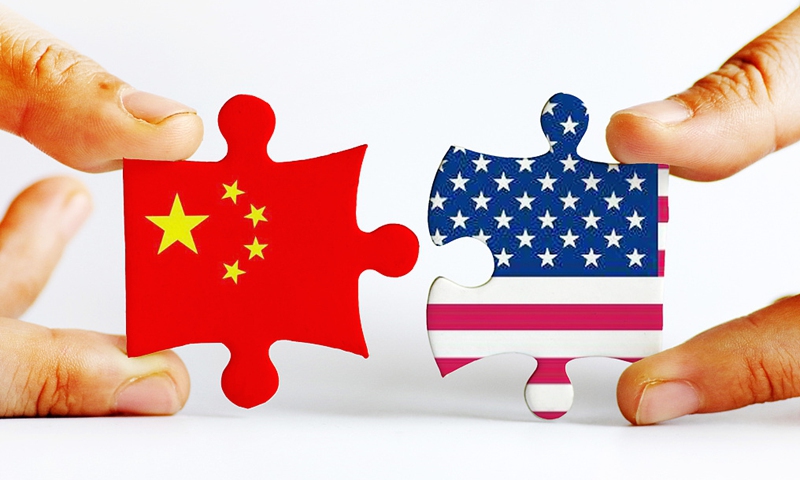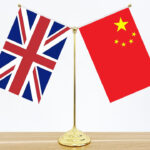We are fully aware the fact that China and the US have completely different political systems deeply rooted in their unique historical and cultural contexts, and cooperation between the two countries will largely determine the peace and stability of the Asia-Pacific region in the 21st century. Currently, both China and the US are facing devastating natural disasters. This provides a chance for us to think how the two can cooperate.
As wildfires ravage California, leaving devastation in their wake, US media discourse quickly shifts to political disputes and insurance matters. Headlines highlight internal political conflicts, as well as discussions surrounding insurance premiums, reinsurance systems and the cascading effects on building material costs. This reflects the market-driven approach deeply ingrained in disaster recovery efforts in the US, where the heavy reliance on private mechanisms for recovery makes focusing on insurance unsurprising.
Insurance plays a critical role in helping individuals and communities rebuild after disasters. However, as many American scholars have pointed out, this system has limitations. While insurance payouts may be vital for long-term recovery, they often fall short of addressing the immediate needs of disaster victims. Additionally, this focus diverts attention from conversations about how to reform disaster prevention and response mechanisms, particularly the role of government institutions in these efforts.
Meanwhile, on the other side of the ocean, China is grappling with a natural disaster in Xizang region. Government-led rescue efforts are swiftly underway, with national resources mobilized and widespread civil participation in collective responses. Media coverage is full of reports on the speed of the reaction, donation campaigns and reconstruction efforts.
China’s response to natural disasters features rapid, collective action spearheaded by the government to ensure no one is left behind. The government’s capacity to coordinate large-scale rescue efforts has proven effective in meeting the urgent needs of affected populations, delivering essential supplies and carrying out efficient rescue operations.
That said, public discourse in China has also included suggestions for improving disaster response systems. These improvements could further complement the strengths of the state-led model. These two approaches – market-oriented and government-led – vividly illustrate the differences between the two political systems, as well as how the two societies respond to natural disasters and protect those affected. However, when examining these natural disasters and the subsequent efforts in rescue and reconstruction, a shared guiding principle emerges: The people-oriented approach, which means prioritizing the safety, well-being and rights of the affected population in disaster response and recovery efforts.
Despite the differences, both systems must ultimately be evaluated based on their adherence to the shared principle of “putting people at the center.” This universal value transcends political and economic systems, underscoring its significance. When discussing differing systems, the focus should be on identifying common ground and using it as a basis for meaningful dialogue. If “universal values” are used to confront specific nations or as tools to replace one system with another, their significance will be greatly undermined.
If China and the US can collaborate based on shared humanitarian interests – such as addressing climate change or responding to natural disasters – and use this cooperation to improve their respective systems rather than imposing ideology or forcing “universal values” onto one another, they can move past zero-sum thinking. This creates an opportunity for both sides to sit down as equals and discuss our common challenges, fostering a sense of mutual trust.
In this sense, the people-oriented approach should serve as a shared value that can build bridges for dialogue between China, the US and the world.
GT




